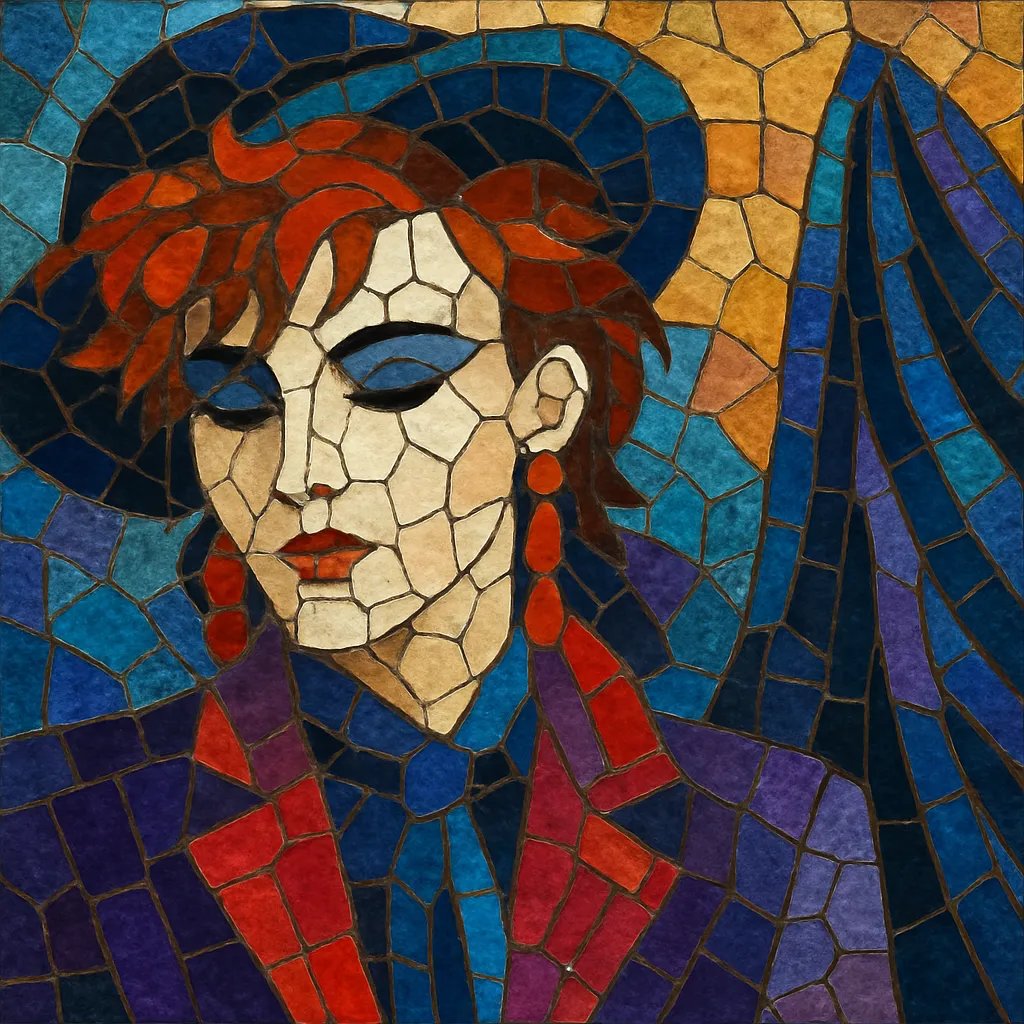
New Romantic is a British music and fashion movement that crystallized in the early 1980s, pairing sleek, synth-driven new wave/pop with the theatrical flair of glam and art pop. It emphasized lavish, emotive songwriting, danceable rhythms, and a highly stylized visual identity.
Sonically, New Romantic records favor analog synthesizers, drum machines, bright chorus-laden guitars, and polished studio production. Lyrically and visually, the movement celebrated escapism, romance, and glamour, often through androgynous, avant-garde fashion that emerged from London club culture (notably the Blitz Club).
New Romantic grew out of post-punk and new wave scenes in the UK at the end of the 1970s. Influenced by the artful decadence of Roxy Music and David Bowie’s glam-era personas, young musicians and club-goers in London began to blend futuristic synth sounds with opulent, theatrical self-presentation. Early gatherings at clubs like Billy’s in Soho set the tone for a style-forward subculture that prized artistry, fashion, and spectacle.
By 1979–1980, the Blitz Club in Covent Garden—helmed by DJ Rusty Egan and fronted by Steve Strange—became the crucible for the movement. Dubbed the “Blitz Kids,” regulars developed a distinctive look: androgynous makeup, haute-influenced clothing, and historical/avant-garde references. This visual identity intertwined with a musical vocabulary of synths, drum machines, and dramatic vocals, forging the New Romantic template.
Bands associated with the scene—Visage, Ultravox (Midge Ure era), Spandau Ballet, Duran Duran, Japan, and others—broke into the charts, elevating synthesizer-led pop into mainstream visibility. Music videos amplified the genre’s cinematic aesthetics, helping New Romantic acts become global pop figures during MTV’s early years. The period produced enduring hits marked by lush arrangements, emotive hooks, and immaculate studio sheen.
By the mid-1980s, as tastes shifted toward guitar-driven pop/rock and, later, dance/house influences, New Romantic’s core scene receded. Its legacy persisted in the rise of sophisticated pop production (sophisti-pop), the broader acceptance of synth-led mainstream pop, and fashion-forward performance identities. Decades later, the movement’s sound and imagery informed retro-leaning styles such as synthwave and continues to influence global pop aesthetics (including aspects of Japan’s visual kei).
Use analog or analog-modeled synthesizers (e.g., Juno/Jupiter, Prophet, Moog) for pads, arpeggios, and leads. Pair with drum machines (TR-808/909 or Linn LM-1 emulations) for tight, punchy, danceable grooves. Add clean or lightly overdriven guitars with chorus/flanger for shimmer, plus melodic electric bass (or synth bass) that locks to a steady 4/4 pulse.
Favor strong, emotive hooks and diatonic progressions with tasteful color tones (add9, sus, occasional borrowed chords). Melodies should be lyrical and dramatic, often using soaring vocal lines and call-and-response motifs. Pre-chorus lift into a big, memorable chorus is central.
Keep tempos typically in the 105–130 BPM range. Prioritize danceable grooves—straight 4/4 with tight eighth-note hi-hats and snare accents. Arrange with clear sections (intro–verse–pre–chorus–chorus–bridge) and spotlight instrumental hooks (synth leads or sax cameos) between vocal parts.
Write about romance, urban nightlife, glamour, and escapism. Embrace poetic imagery and dramatic, sometimes androgynous vocal delivery. Harmonies and backing vocals can heighten the sense of grandeur.
Use glossy production: gated reverb on snares, lush plate/hall reverbs on vocals and pads, stereo chorus on guitars/synths, and precise automation for dynamic builds. Prioritize arrangement clarity so vocals and hooks remain front-and-center, with synth textures providing cinematic depth.

